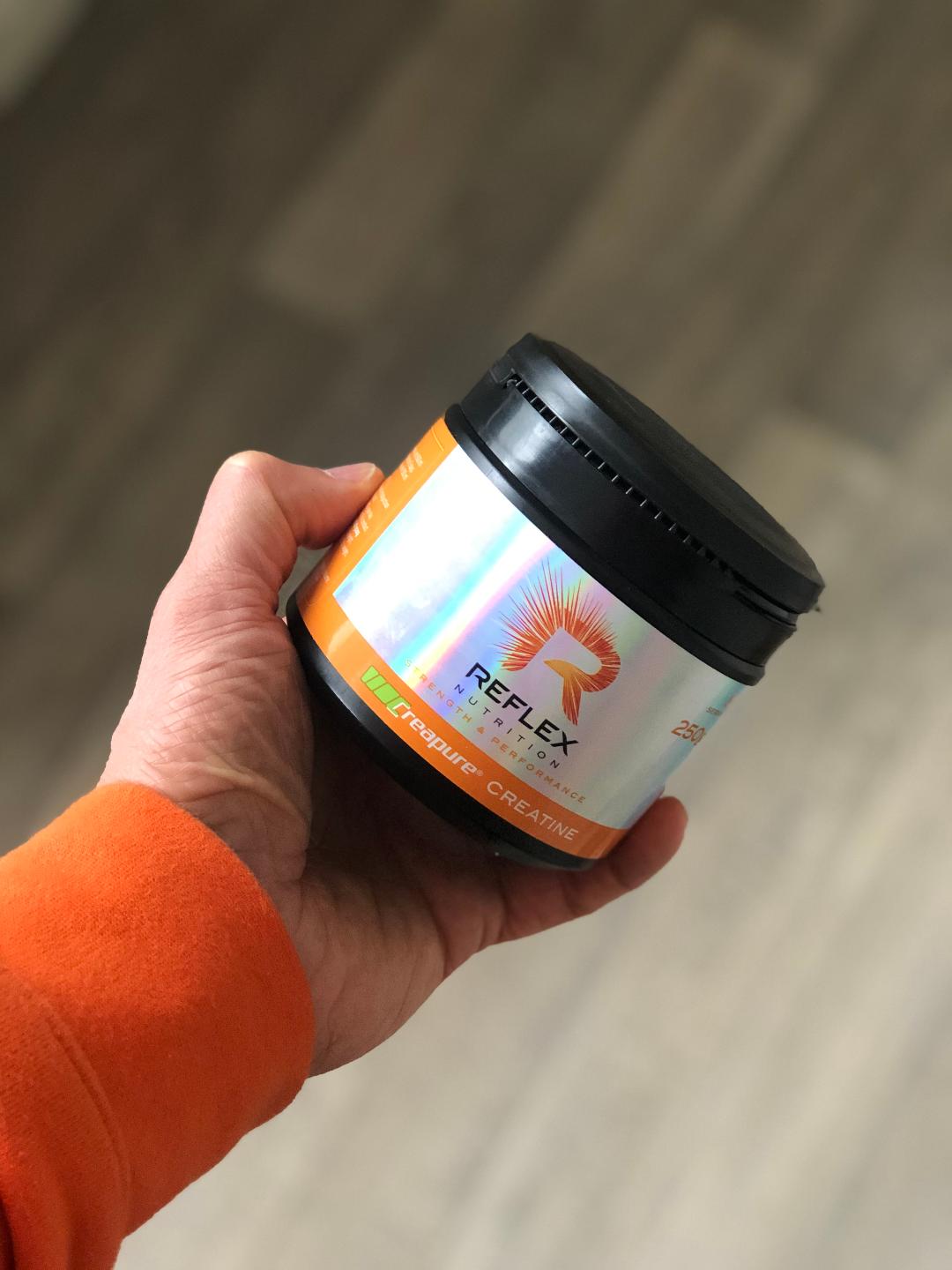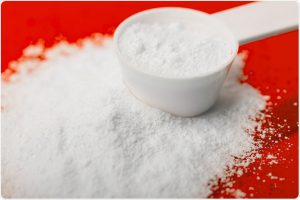CREATINE: ARE YOU CONFUSED?

We now live in a WORLD of supplementation………………
This can be confusing, as there are many conflicting reports/articles all giving you a different perspective/opinion.
It’s hard to keep up, am I right?!
The aim of this blog is to examine the nature, the role, and the benefits of supplementing with Creatine.
In turn you can hopefully feel more informed & make the right choice for YOU.
You’ve probably heard about, read about or maybe even used creatine before…over the years I’ve seen it labelled a ‘steroid’, I’ve read allegations by doctors that it will kill destroy your kidneys, and I’ve seen all-sorts of praise/indifference along the way.
Firstly, it is essential to establish that you have a balanced diet containing all the necessary nutrients (macros and micros) before introducing any potential supplement into your routine.
It is far more beneficial to get your diet on track first for you to notice any tangible results and also for you to make vast improvements in your health.
There isn’t a supplement invited that will transform you or help you if the rest of your eating pattern is poor.
Remember that, by definition, a supplement is
‘Something that completes or enhances something else when added to it’.
The use of any supplement is also dependent on your individual goals. I suggest before committing to purchasing any supplements, you discuss your goals and current lifestyle with a fitness professional, alongside doing your own research.
So let’s dive into Creatine:

Creatine is a totally natural occurring substance in your body.
For example, the average 70kg human will already have an average of 70g of creatine in their body, 95% of which is stored in the skeletal muscles & the remaining 5% found in the brain, heart & the testes. It is produced naturally, mainly by the liver.
This process is completed by the conversion of 3 amino acids –
Arginine, Glycine & Methionine – to form creatine.
Creatine is not only produced naturally in the body, but is also found in foods such as beef, chicken and some fish.
For example: there is typically 4 g of creatine per kilo of tuna, & 5g per kilo in salmon.

For this reason, research has indicated that supplementation of creatine can have a greater effect on vegetarians due to the typical lack of creatine in their existing diet since it is only found in trace amounts in fruit and vegetables.
Creatine is responsible for increasing/ replenishing ATP in the muscle: high energy molecules with 3 bound phosphates, when a phosphate breaks, energy is released, Creatine provides phosphates to replenish and keep energy running.
Supplementing can provide a volume of available fuel to keep driving this process.
Supplementation is available in a variety of forms, with lots of weird & wonderful creations & ‘enhanced’ versions.
In terms of keeping things cost effective & for ease of use, I’d advise simply sticking to monohydrate (ideally creapure).
This is the most common version of this supplement (in America alone, it racks up 400 million in annual sales) and is easily the form with the most scientific studies and research use to back it up.
Creatine is not only one of the cheapest supplements available on the market, it’s also one the most researched supplements available, unlike more modern/newer products that can often lack data & available research. The first mainstream of creatine use in athletic performance dates back to the 1970’s in Russia.
Benefits of use can include:
Increased explosive power
Increased endurance, strength & speed.
Can aid in the recovery process.
Can enhance muscle cell volumization by helping to drive water into the muscle.
Research has also shown that Creatine supplementation has a significant positive effect on working memory (especially short term), and on intelligence whilst improving cognitive function.
Dosage:
You may notice that many suppliers of Creatine advise you to first use a “loading phase” (often an average dose of up to 20g per day for the first week of use), before switching to the “maintenance phase” (typically 5g per day for the following 8 to 10 weeks).
This initial phase isn’t always necessary (it’s also not absolutely wrong) and many studies have shown there is no significant benefit of taking more than 5g-10g per day. By not adhering to the loading phase you will also make your investment far more cost effective!
Depending on body weight a typical daily serving can range between 3-10g per day, with larger people tending to go with the higher dose.
Be sure to maintain an adequate water intake whilst taking creatine as it is hygroscopic, which is a fancy word for saying that it has the ability to move water from your cells into your blood, so hydration is the key when supplementing with Creatine.
Are you drinking enough water? Click here to find out…

Hopefully this gives you a clearer picture about what creatine is and its application to performance/training.
As ever, any questions please do give me a shout….
Until the next time,
Tristan ‘crazy about creatine’ Buttle.